From the edge to the data centre
New developments in edge computing add complexity to hybrid cloud, but HPE has the tools to handle it
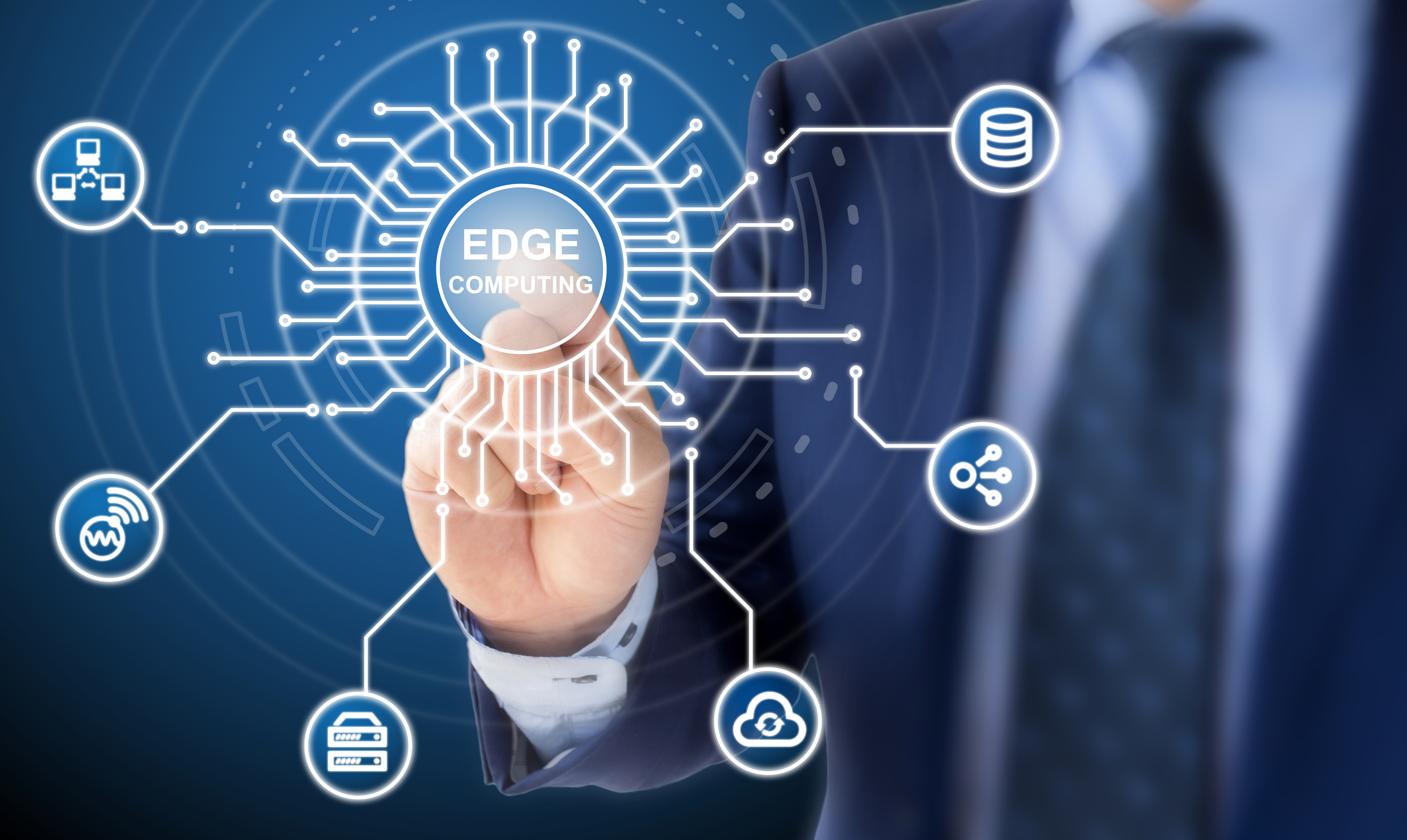
We’re entering a new era of cloud computing; one with its own new possibilities and challenges. In this new era, the hybrid multi-cloud meets edge computing, resulting in a cloud that stretches all the way from the edge to the data centre, powering not just the apps we know today but the data-driven, mobile-focused, IoT-based applications of tomorrow. And while managing this new cloud won’t be straightforward, the tools and services that will help us handle the complexity are already slotting into place.
Over the last decade or so we’ve seen organisations make the seismic shift of moving core applications from their on-premise hardware to the cloud. At first, the principal driver was cost. With time, however, other factors have become just as important, specifically scalability and the advantages of running applications in close proximity to data that’s being generated and stored in the cloud. When compute power is so readily available and affordable in the public cloud, where the data already resides, it makes no sense to keep shuttling data back and forth to a central data centre. It makes far more sense to process it within the cloud.
On-premise applications still have their place, but for many organisations this has led to the adoption of a hybrid cloud model, combining on-premise infrastructure with private cloud services and third-party public cloud services, using orchestration to manage and move data between the different platforms. The RightScale 2019 State of the Cloud report states that while 94% of organisations are now using cloud, use of hybrid cloud grew from 51% in 2018 to 58% in 2019. Right now, hybrid cloud gives them the ideal balance between the high-performance and control you need to run demanding applications in the private cloud, and the flexibility, cost-efficiency and scalability that the public cloud delivers. Organisations are even using this model to run business critical apps in private cloud, but burst them out to public cloud should the need arise.
The challenge here has always been management and orchestration, but modern hybrid cloud architectures are helping organisations maintain control. Meanwhile multi-cloud strategies, mixing best-of-breed services from different vendors, are helping them to optimise their services, avoid vendor lock-in and retain visibility of their services and – crucially – limit their costs.
The rise of edge
For some organisations, this level of change will seem more than enough to be getting on with, but they risk missing out on some of the most exciting developments in computing at the edge. Gartner has described edge computing as ‘a part of a distributed computing topology, in which information processing is located close to the edge – where things and people produce or consume that information.’
The theory is that some of the most interesting and powerful data sources exist at the edge of the network. Gartner has predicted that, while companies generated just 10% of their data outside the data centre or the cloud in 2019, the amount should reach 75% within the next six years. New 5G mobile and IoT devices, along with customers consuming services and sharing data across social networks, are all working far away from the on-premise infrastructure at the centre, or even the compute resources in the private or public cloud. Given the huge, exponential growth in the data these sources are generating, moving it through the network will only slow things down.
Edge computing devices and services offer a smarter way forward, by providing local processing and storage resources right where the data is being generated and used. In some cases, edge-based platforms will work as a gateway, processing the data and sending the most useful or relevant streams on to the cloud. In others, edge-based platforms may handle all the processing locally, getting critical data and insights out faster to a highly mobile workforce. Either way, edge computing will be crucial in helping organisations meet the challenges of latency, bandwidth, security and management. IDC predicts that, within three years, 45% of IoT generated data will be stored, processed, analysed and operated on at the edge.
The key thing is that edge computing isn’t a replacement for the traditional cloud, but something that has to work within and interact with a hybrid cloud architecture. For example, IDC has pointed out that while AI models can be executed on edge devices using local data, the inference and model training involved will require the kind of large data sets and high levels of compute power that would be better found in public or private cloud. IDC’s analysts have forecast that, in 2020, more than 50% of European cloud deployments will include edge computing, and that 20% of endpoint devices and systems will execute AI algorithms.
Bringing it all together
The challenge, as with hybrid cloud itself, will be managing this new IT frontier, which is where IT-as-a-service offerings like HPE Greenlake come in. Greenlake pulls private cloud, public cloud and edge computing services into one unified service, with managed costs and a single marketplace for self-service provisioning and deployment. What’s more, Greenlake ties these all together, along with your on-premise infrastructure, in one unified Greenlake Central portal; an operational console that can manage and optimise the whole estate, right from the server room or corporate data centre out to the edge.
Greenlake Central is designed to banish siloes, maintain a consistent experience and ensure visibility and control. Organisations can choose which mix of tools they want to use and where in that estate they want to use them, and run their workloads and store their data wherever works best for them. The upshot is cutting-edge IT with lower risks and lower costs, but also more choice, simpler management and increased speed.
Does edge computing add a new layer of complexity to cloud? Definitely. But with Greenlake and Greenlake Central, organisations have everything they need to manage it.
Get the ITPro daily newsletter
Sign up today and you will receive a free copy of our Future Focus 2025 report - the leading guidance on AI, cybersecurity and other IT challenges as per 700+ senior executives
ITPro is a global business technology website providing the latest news, analysis, and business insight for IT decision-makers. Whether it's cyber security, cloud computing, IT infrastructure, or business strategy, we aim to equip leaders with the data they need to make informed IT investments.
For regular updates delivered to your inbox and social feeds, be sure to sign up to our daily newsletter and follow on us LinkedIn and Twitter.
-
 CISA issues warning in wake of Oracle cloud credentials leak
CISA issues warning in wake of Oracle cloud credentials leakNews The security agency has published guidance for enterprises at risk
By Ross Kelly
-
 Reports: White House mulling DeepSeek ban amid investigation
Reports: White House mulling DeepSeek ban amid investigationNews Nvidia is caught up in US-China AI battle, but Huang still visits DeepSeek in Beijing
By Nicole Kobie
-
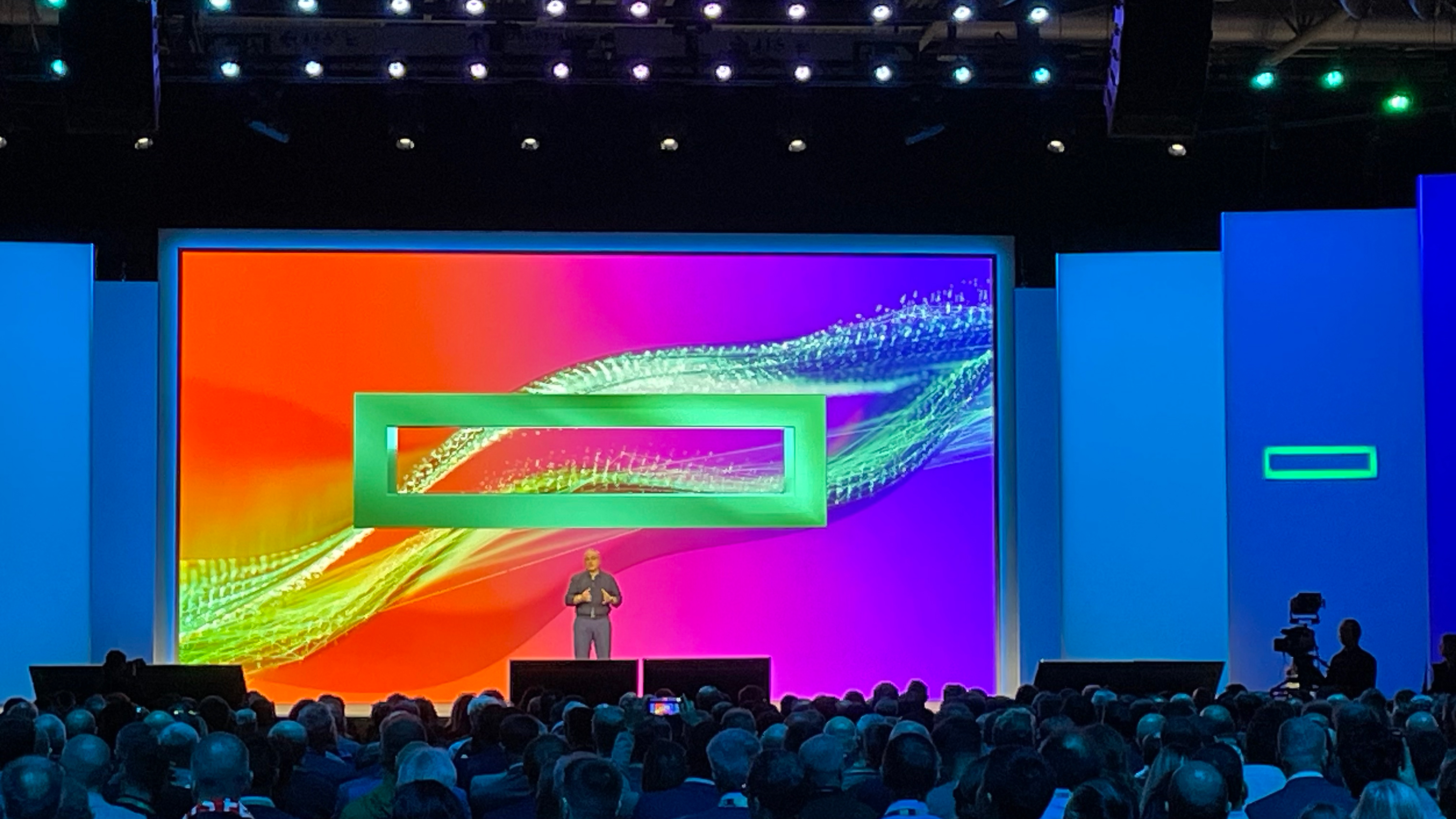 HPE announces VM Essentials – the VMWare competitor that isn’t
HPE announces VM Essentials – the VMWare competitor that isn’tNews Execs at HPE Discover acknowledge Broadcom issues, but deny they’re in competition
By Jane McCallion
-
 Barclays extends HPE GreenLake contract amid “significant acceleration” of hybrid cloud strategy
Barclays extends HPE GreenLake contract amid “significant acceleration” of hybrid cloud strategyNews The pair will step up their collaboration to drive private cloud efficiencies using AI and other new technologies
By Daniel Todd
-
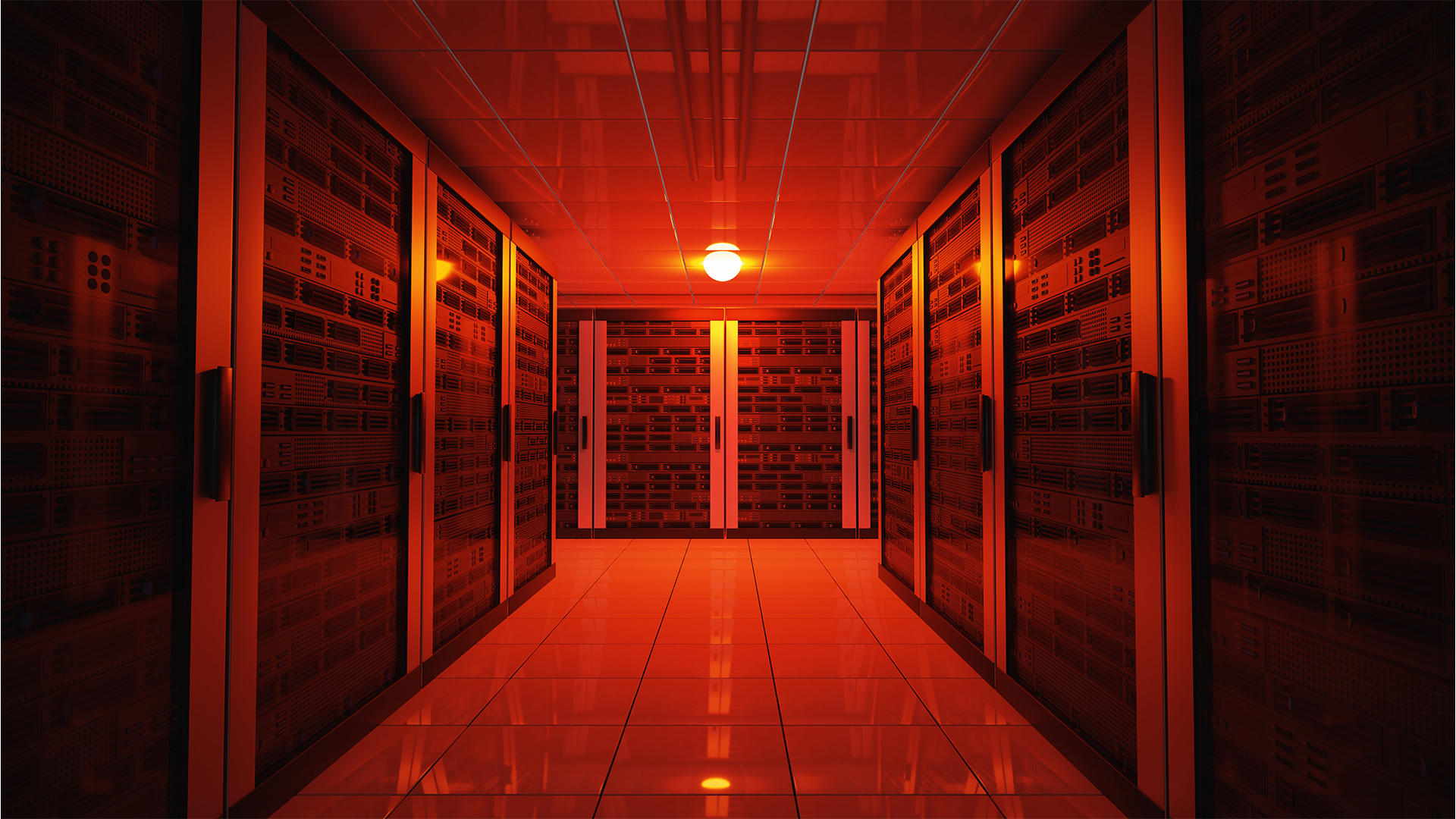 'Catastrophic' cloud outages are keeping IT leaders up at night – is it time for businesses to rethink dependence?
'Catastrophic' cloud outages are keeping IT leaders up at night – is it time for businesses to rethink dependence?News The costs associated with cloud outages are rising steadily, prompting a major rethink on cloud strategies at enterprises globally
By Solomon Klappholz
-
 Scottish data center provider teams up with HPE to unveil National Cloud – a UK sovereign cloud service for large enterprises, tech startups, and public sector organizations
Scottish data center provider teams up with HPE to unveil National Cloud – a UK sovereign cloud service for large enterprises, tech startups, and public sector organizationsNews The DataVita National Cloud service is aimed at customers with complex workloads, addressing compliance and security concerns for public services and regulated industries
By Emma Woollacott
-
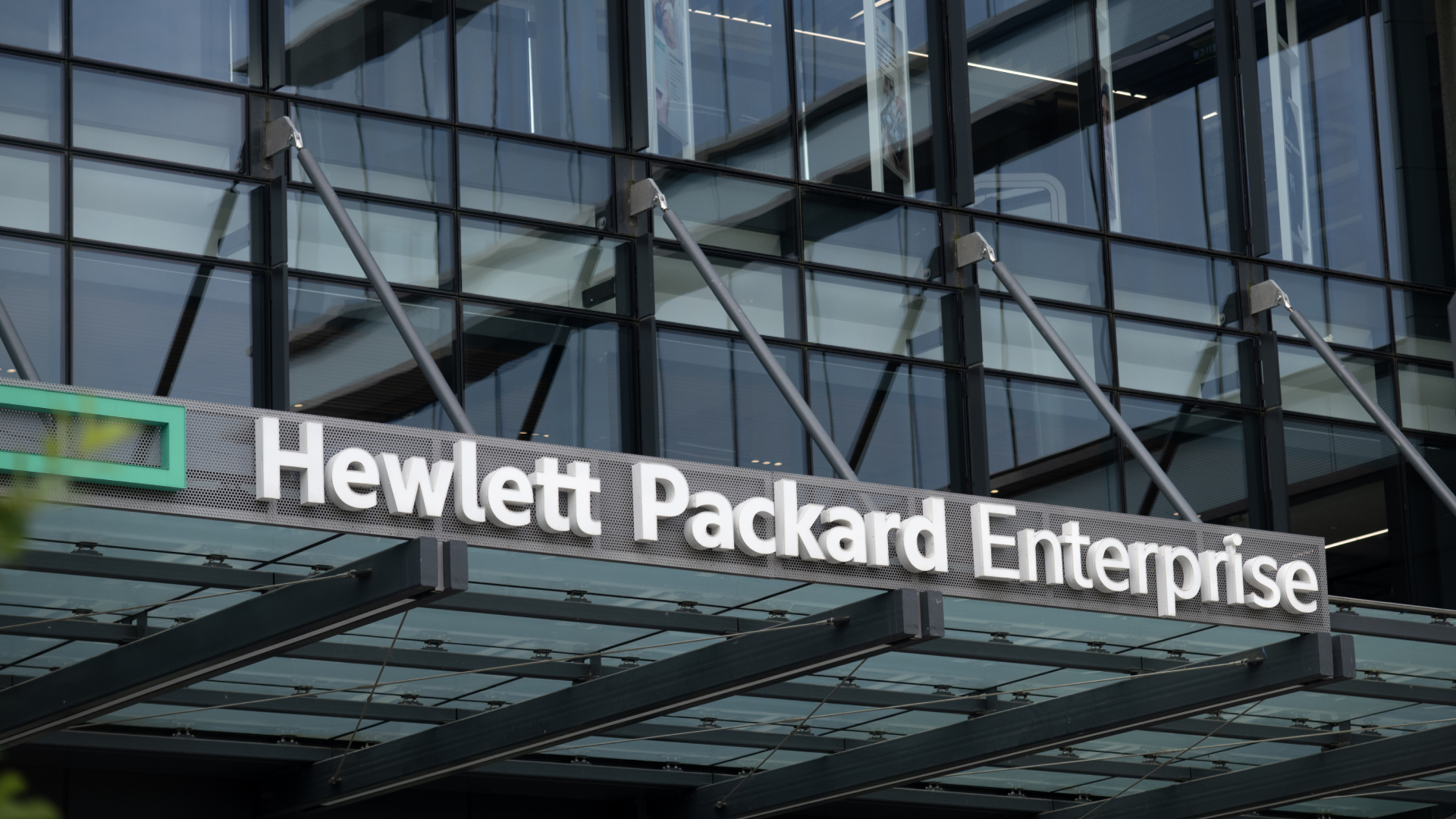 HPE eyes ‘major leap’ for GreenLake with Morpheus Data acquisition
HPE eyes ‘major leap’ for GreenLake with Morpheus Data acquisitionNews HPE will integrate Morpheus’ hybrid cloud management technology to ‘future-proof’ its GreenLake platform
By Daniel Todd
-
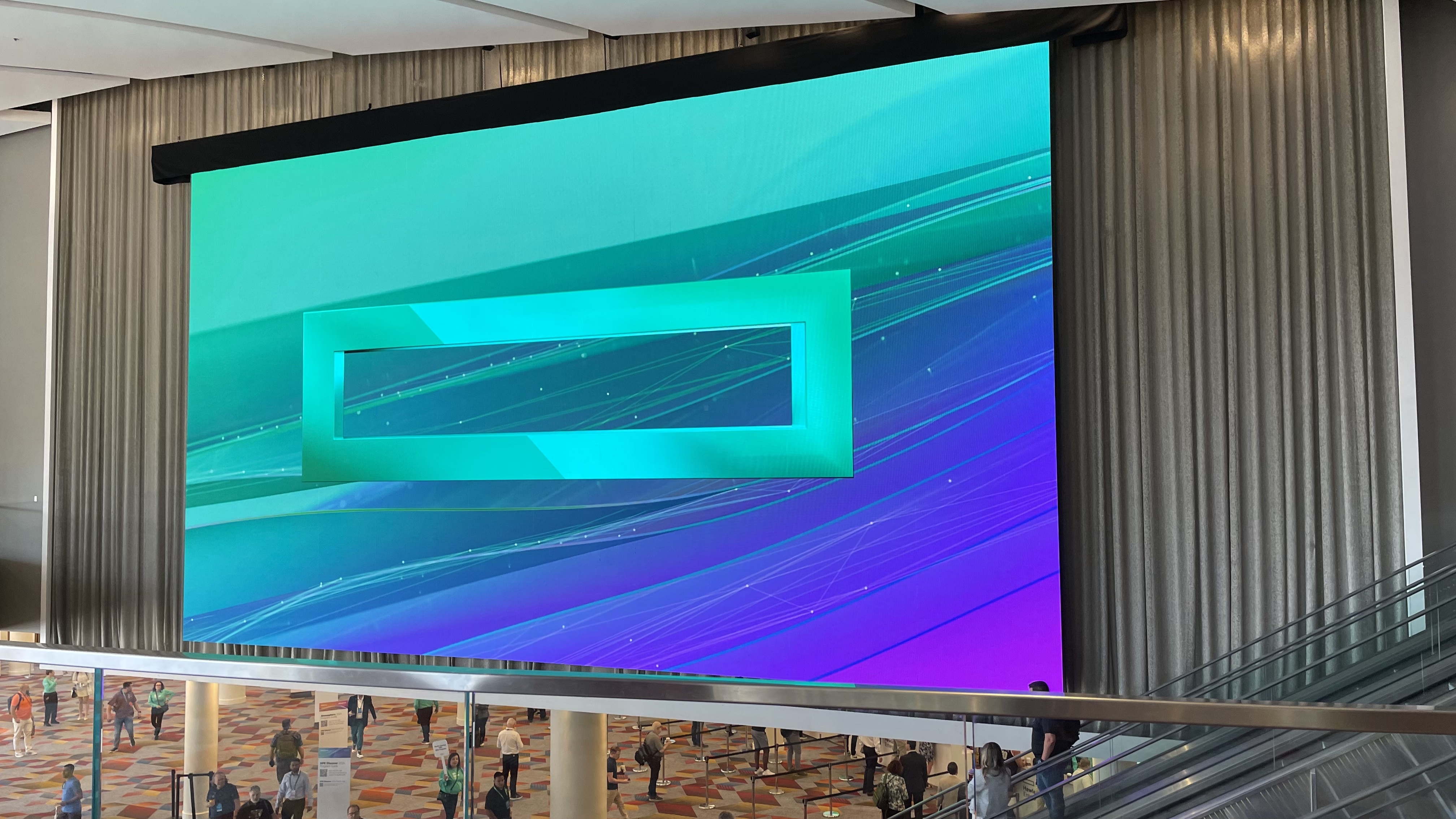 HPE Discover 2024 live: All the news and updates as they happened
HPE Discover 2024 live: All the news and updates as they happenedLive Blog HPE Discover 2024 is a wrap – here's everything we learned in Las Vegas this year
By Jane McCallion
-
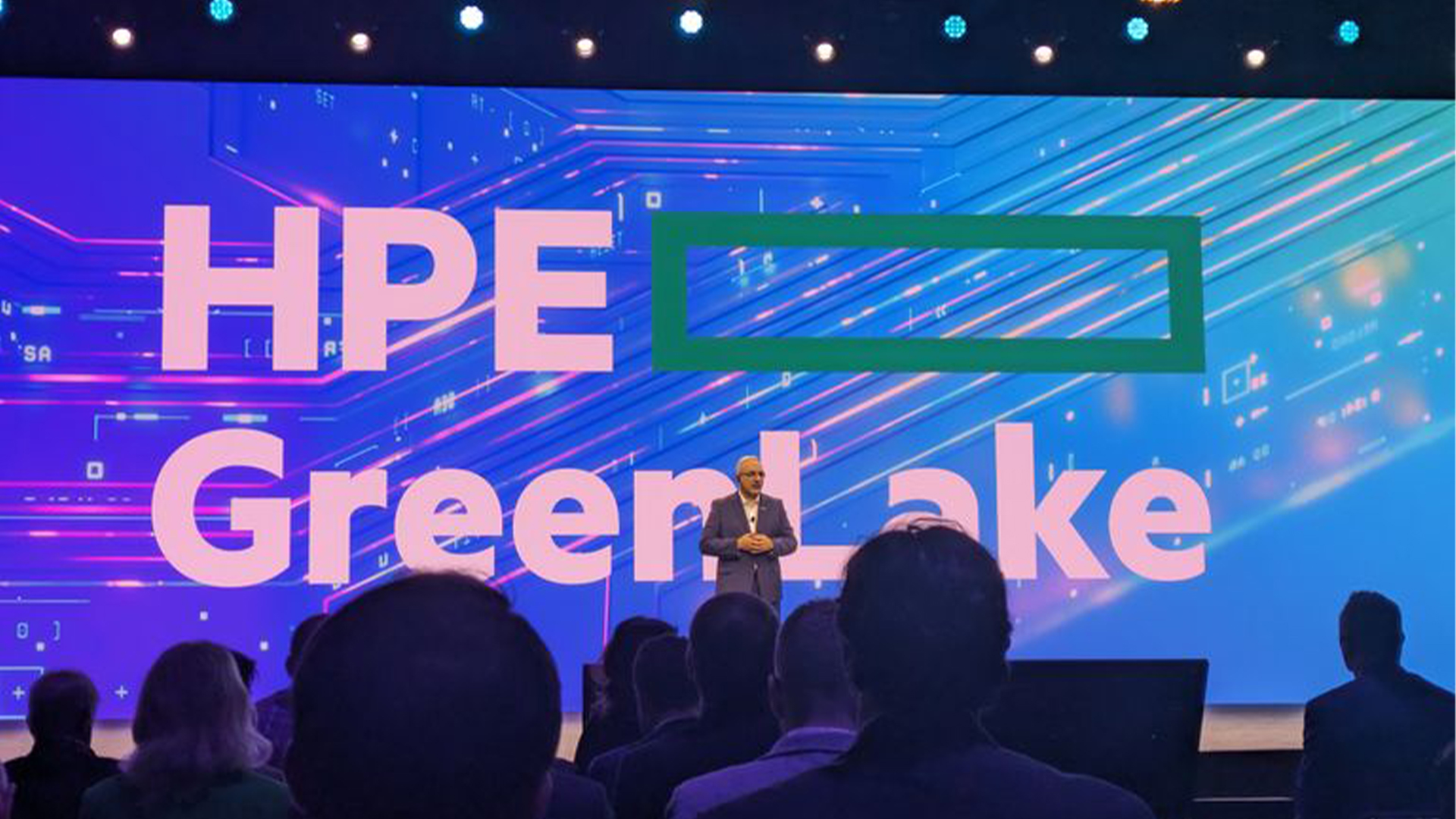 Four things to look out for at HPE Discover 2024
Four things to look out for at HPE Discover 2024Analysis HPE Discover 2024 is taking place at the Venetian in Las Vegas from 18-19 June. Here are some ideas of what we can expect to see at the show
By Jane McCallion
-
 HPE GreenLake gets a slew of new storage features
HPE GreenLake gets a slew of new storage featuresNews The additions to HPE GreenLake will help businesses simplify how they optimize storage, data, and workloads, the company suggests
By Jane McCallion
